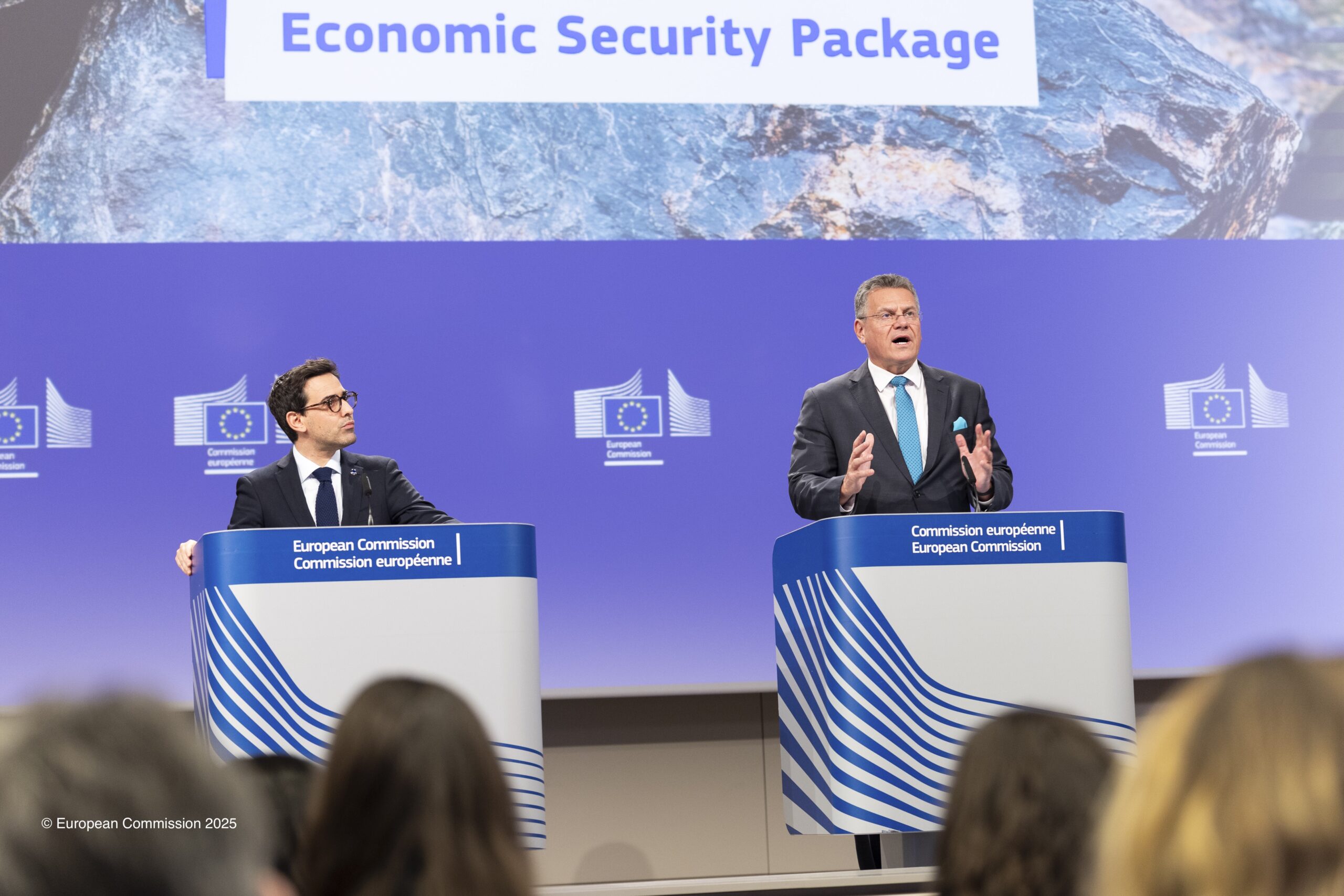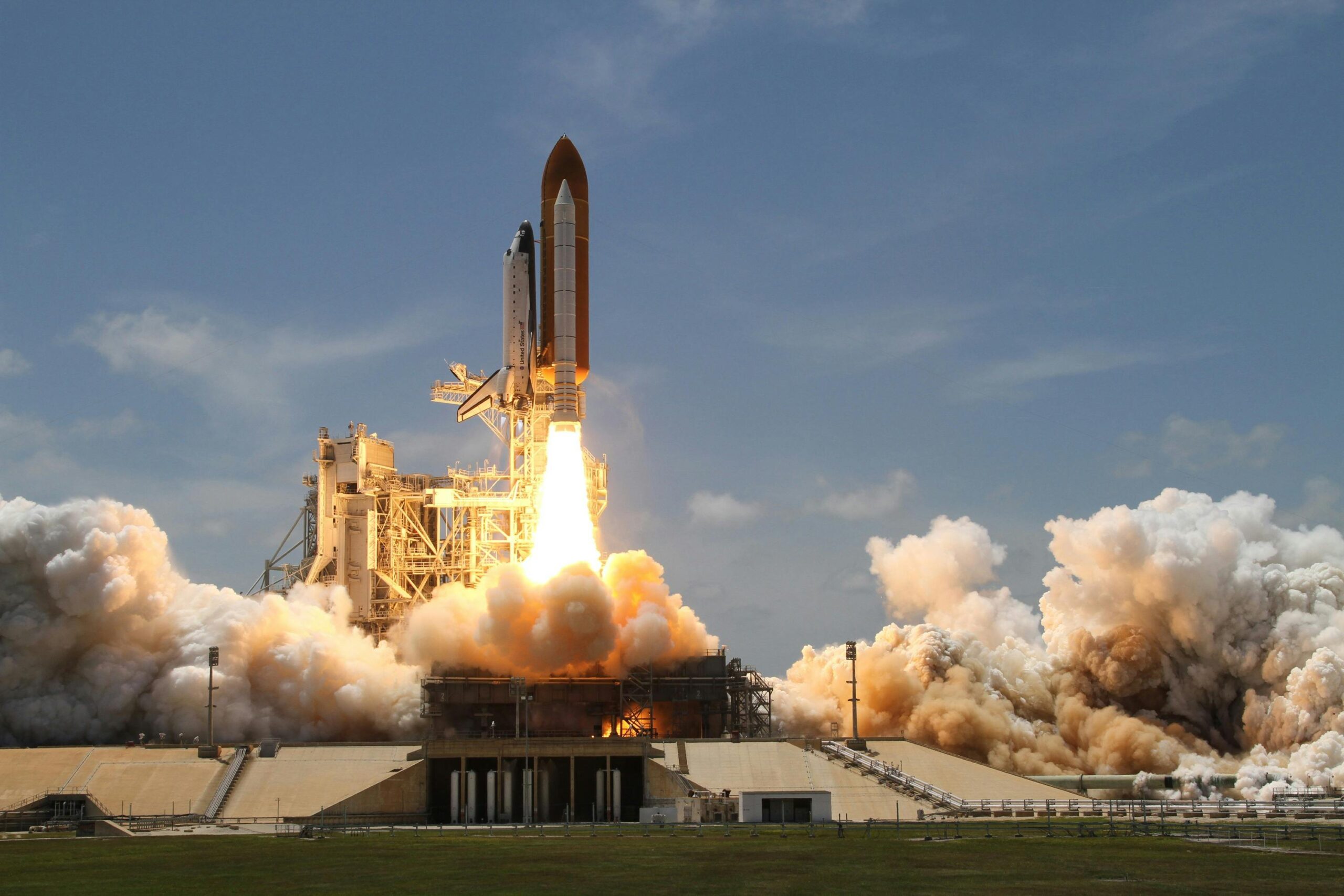A year after his landmark report on European competitiveness, former Italian Prime Minister and European Central Bank President Mario Draghi, alongside European Commission President Ursula von der Leyen, delivered a sobering assessment of the EU’s competitiveness situation at a high-level conference in Brussels. They warned that the EU’s economic challenges have intensified amidst fierce global competition from the US and China. The core message was one of urgency: without a radical change in speed and scale, the EU risks not only its prosperity but its own sovereignty, as it struggles to finance its green, digital, and security ambitions.
Weak growth and increased vulnerabilities
Mr. Draghi painted a stark picture of the EU’s current situation, noting that it is “in a harder place” than it was a year ago. The foundations of its economic growth, built on global trade and high-value exports, are weakening. He pointed to aggressive US tariffs and intense competition from China, whose trade surplus with the EU has surged by nearly 20% since last December. This external pressure has exposed the EU’s critical dependencies, limiting its ability to respond effectively. For example, reliance on the US for defence weakened the EU’s position in trade negotiations, while its dependence on Chinese raw materials has blunted its response to unfair trade practices.
The financial strain is also mounting. The investment needed each year between 2025 and 2031 for the EU’s climate, digital, and defence goals has jumped from €800 billion to nearly €1,200 billion, according to the European Central Bank. With public debt forecast to reach 93% of GDP in the next decade, there is little room for manoeuvre. Mr. Draghi criticised what he called “complacency,” arguing that the EU’s slow, fragmented decision-making is a critical weakness. “To carry on as usual,” he cautioned, “is to resign ourselves to falling behind.
The double challenge: tech leadership and affordable energy
The conference highlighted two interconnected fields crucial for Europe’s future: technology and energy. In the race for Artificial Intelligence, a technology Mr. Draghi compared to the arrival of electricity, the gap with competitors is alarming. While President von der Leyen pointed to successes, such as the EU now hosting four of the world’s top ten supercomputers, Mr. Draghi provided a sobering reality check: in 2024, the US produced 40 large AI foundation models, China produced 15, and the EU produced just three. Obstacles like complex data privacy rules, such as the GDPR, and a fragmented market prevent innovative startups from scaling up across the continent.
This technological race is directly fuelled by energy, where the EU is at a major disadvantage. Natural gas prices in the EU remain nearly four times higher than in the US, and industrial electricity prices are more than double. This price gap threatens to stall the transition to a high-tech economy, as energy can account for up to 40% of a data centre’s operating costs. The solution lies in accelerating the shift to homegrown renewables and nuclear power, but this requires massive investment in grids and cross-border connectors, half of which currently have no investment plan. Mr. Draghi and Ms. von der Leyen agreed that until the EU can secure affordable, independent energy, its competitiveness will continue to suffer.
Draghi’s call for urgent and unified action
The ultimate takeaway from the conference was a powerful call for the EU to act with greater unity and speed. “Business as usual” is no longer an option. The proposed path forward involves breaking down the remaining barriers in the EU’s single market to allow innovative firms to grow seamlessly, as they can in the US or China. This includes creating a true “28th regime” for businesses, simplifying regulations, and using the EU’s collective power for public procurement and strategic projects.
Mr. Draghi argued that in critical areas like defence and advanced technology, the European Union must start acting “less like a confederation and more like a federation,” pooling resources and focusing investment where it will have the greatest impact. This could even involve issuing common debt for major pan-European projects. Commission President von der Leyen echoed this urgency, outlining the Commission’s ambitious agenda but stressing that success depends on implementation. The message was clear: the EU must replace its slow, consensus-driven processes with decisive action and firm deadlines if it wants to secure its place in a rapidly changing world.

